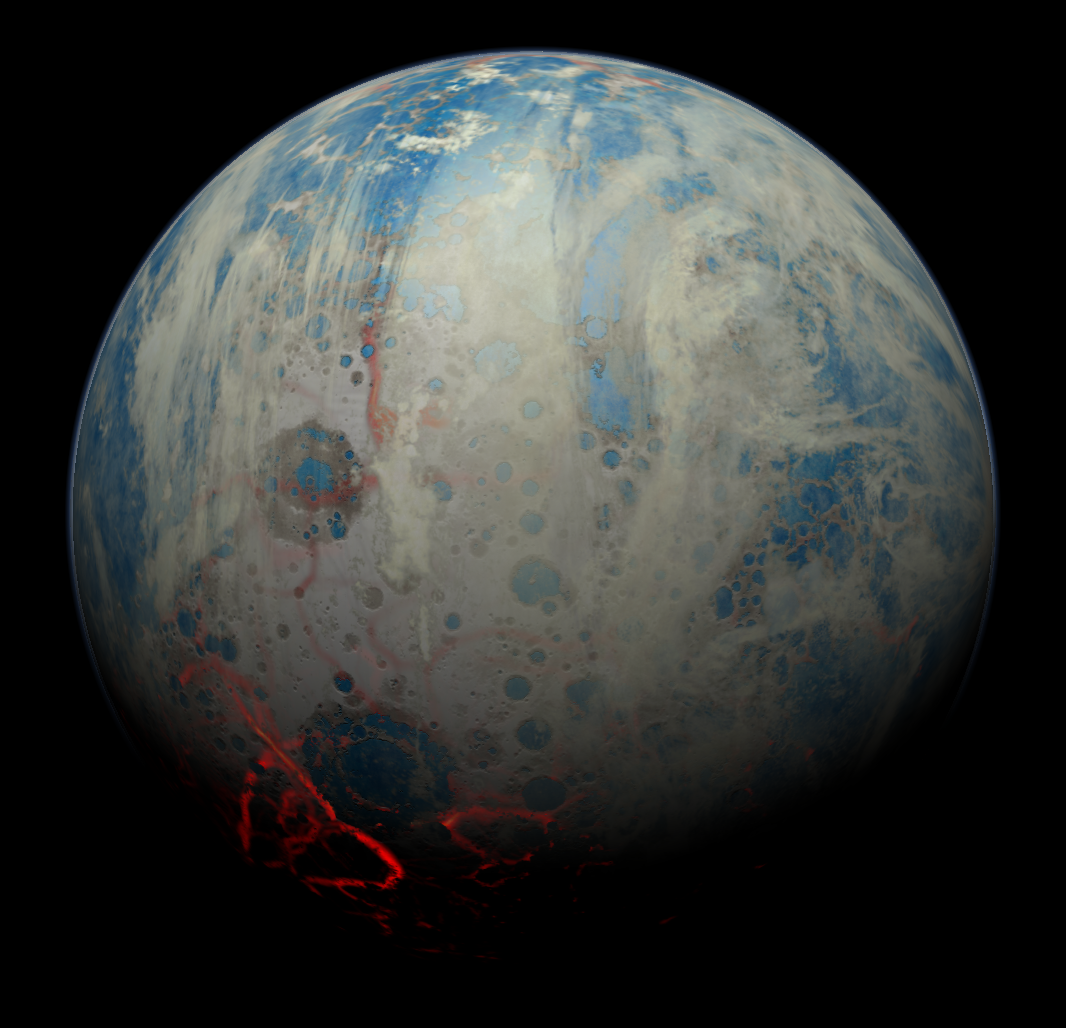Studying Exoplanet Populations With the Kepler Discovery Catalog

When: April 27, 2015 1PM PDT


The Kepler Mission is exploring the diversity of planets and planetary systems. Its legacy will be a catalog of discoveries sufficient for computing planet occurrence rates as a function of planet and star properties. The mission has gone a long way toward achieving that goal. The number of planet candidates now exceeds four thousand, and small planet candidates in the habitable zone of G-type stars are beginning to emerge. Statistical analyses suggest that planets abound in the galaxy (with each main sequence star having at least one) and that small planets form efficiently. I will report on Kepler’s progress determining the underlying planet population in the galaxy and determining the occurrence rate of small habitable zone planets.
 A Talk With Jim Green
A Talk With Jim Green What Can Extant Genomes Reveal About Early DNA Metabolism?
What Can Extant Genomes Reveal About Early DNA Metabolism? What We Talk About When We Talk About Earth's Oxygenation
What We Talk About When We Talk About Earth's Oxygenation Bowling With Astrobiologists: A Twisted Path Toward the Origin of DNA
Bowling With Astrobiologists: A Twisted Path Toward the Origin of DNA